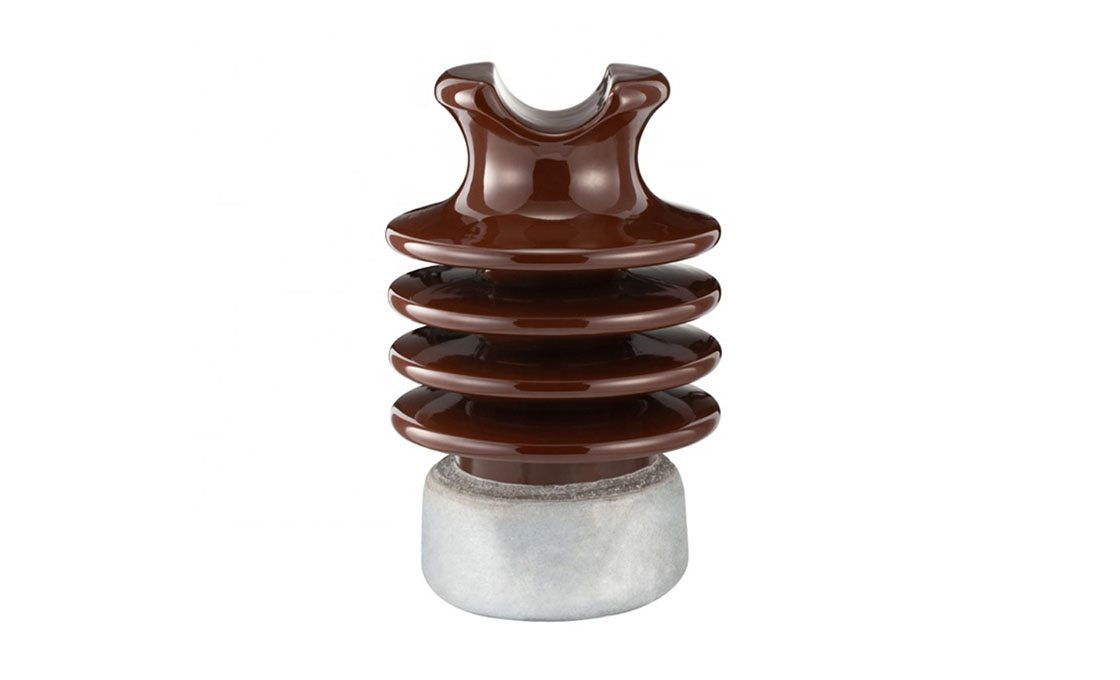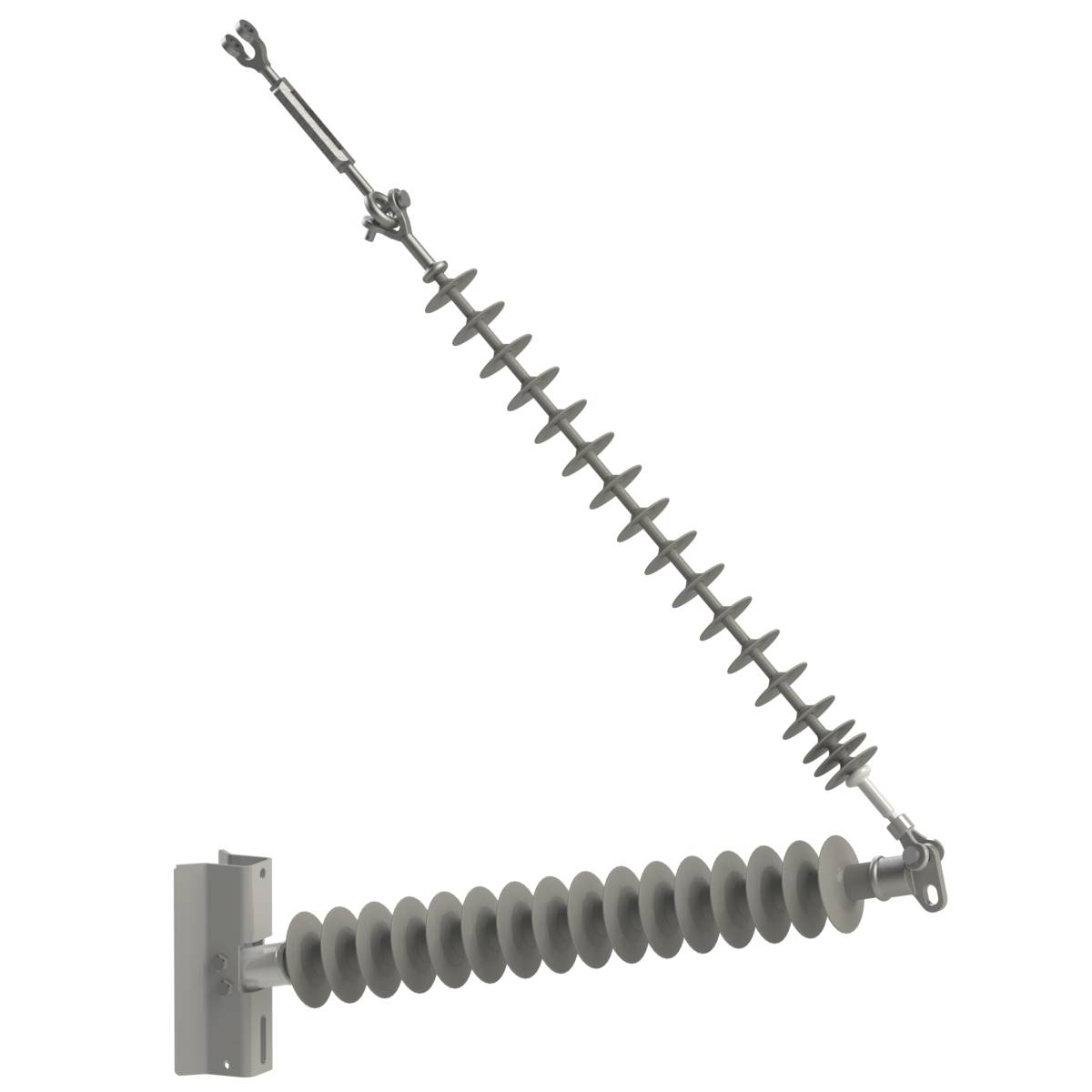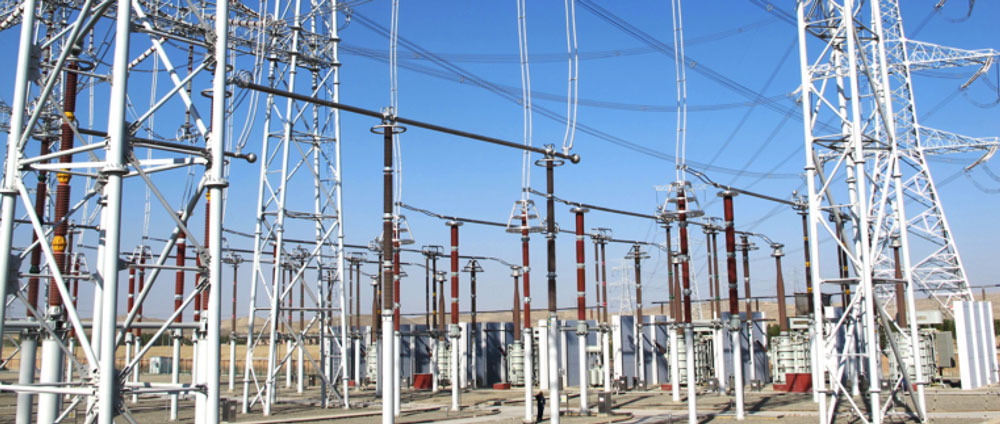Post insulator is a High Voltage (HV) type of insulator which is designed based on the IEC, ANSI and other standards. They can be used in a power system of up to 1100 kV.
The post insulator is constructed from composite materials (silicone rubber) or one piece of porcelain. The post insulator is extensively used in different applications because of its excellent mechanical properties.
In order to enable you to make an informed decision, the Linquip team tries to provide as much information as possible about insulators. Linquip is one of the best sources for information on post insulators, as well as related equipment. We at Linquip are always available to assist you if you have any questions about insulators or if you need any assistance with them in the future, so do not hesitate to contact us. We recommend you begin by reading Linquip’s “What Is Electrical” article before moving on. We hope that this page helps you to understand what Linquip has to offer regarding electrical devices.
If you wish to take full advantage of the Linquip platform, you must become a Linquip Expert. Linquip’s expert accounts can be of great benefit to you, as they allow you to demonstrate your expertise in the area of industrial equipment specifically tailored to the needs of your industry. Would you like to make a contribution to the Linquip website as a guest writer? The Guest Posting feature on Linquip’s website allows you to publish your content directly on our website.
In the transmission and distribution line applications, the post insulator is also known as the line post insulator. Based on the designs, there are five types of line post insulators called vertical clamp top line posts, tie top line posts, horizontal (stud mount) clamp top line posts, brace post insulators and horizontal (gain base) line posts.
When we use a tie top line post insulator on power lines up to 69 kV, it is fastened to the conductors by a top tie and replaces conventional pin insulators. For fixing the other four types, we have a clamp unit at the end of the insulator. Line post insulator carrying conductors can be installed on the utility pole both horizontally and vertically.
For substations and similar applications, the post insulator is also named station post insulator. The station post is generally fixed in a vertical position to shield switchgear, transformers, and other related types of equipment. For higher voltage applications, two or more insulators may be assembled.
What is Post Insulator?
Post insulator is an insulator type for HV applications. They should be fabricated based on the ANSI, IEC, and other standards and provide related certificates. We can use them in power systems of up to 1100 kV.
In transmission lines applications, post insulators are called line post insulators. The flanges of this type are sharp and narrow. This design promotes a creepage distance that may cause the problem of electrode pollution.
Most post insulators are produced of ceramic materials even though composite post insulators are entirely standard. Composite post insulator types usually are tested based on the quality materials. The selection of the materials should satisfy both the mechanical and electrical qualities of an insulator.

Various Models of Post Type Insulator
Bottom end fittings and Top-end fittings are different among types of line posts. Based on the designs, there are principally five types of line post insulators:
Tie top-line post insulator: Core rod F neckline posts are technically similar to pin insulators and can be replaced alternatively.
Vertical clamp top line post insulator: This insulator has a stud base and a clamp top and is installed on the top of a pole.
Horizontal clamp top line post insulator: This type has a vertical clamp top line post that is installed on the side of a utility pole and is named a horizontal clamp top line post (stud mount).
Horizontal line post insulator (gain base): This type has a clamp top and a gain base that is usually installed on the side of a pole.
Brace post insulators: This type is a particular combination of a suspension insulator and a horizontal line post made of silicone rubbers.

What is the Difference Between Post Insulators and Pin Insulators?
When you need a post insulator, it is expected to confuse this type with a pin insulator. Post Insulators and Pin Insulators tend to resemble the same even though they are different equipment.
The application areas are the main difference between them. Post insulators are better choices for the higher voltage transmission lines. Other differences are mentioned below:
- Pin insulators are suitable for transmission lines up to 33kV, while post insulators are suitable for both up to 150kV high voltage transmission lines and low voltage.
- Pin insulators have a single stag, while post insulators may have a single stag or multiple stags.
- We can not connect many pin insulators together in high voltage applications. On the other hand, We can use two or more post insulators in a row and one above the other in high-voltage applications.
- In pin insulators, the fixing of the conductors is through binding. In comparison, A connector clamp is employed to installing the conductor on top of the post insulators.
- In pin insulators, the metallic arrangement is implemented only at the bottom part of the insulator. For the post insulators, the metallic arrangement is prepared both at the bottom and top of the insulator.
Typical Features of Post Insulators
Here we will discuss the reasons that make post insulators our first choice on the transmission lines. The specific features of post insulators are:
High mechanical strength: Post insulators face compression, torsion and bending forces every day. As a result, the insulator must have high mechanical properties to overcome these forces, or it would simply collapse and cost more to replace.
Solid and puncture-proof: Being in an atmospheric space and exposed to pollution, rain, and other natural phenomena make them at risk of being damaged due to punctures.
Made of aluminum oxide ceramic and porcelain: The insulator’s material should be pure insulator as well as high strength properties. We use aluminum oxide ceramics as they have well insulating properties.
Porcelain is also an excellent insulator, not underscoring its considerable strength.
Flexible creepage distance: The post insulators should have a reasonable creepage distance that will not endanger the integrity of the insulating path. This distance shields against tracking.
We should check if the product meets the global standards. Same as the other transmission line equipment, the design and fabrication of post insulators should satisfy the minimum standards for IEC, IEEE, and NEMA. These standards guarantee the quality of the insulator.
Strength Ratings of Post Insulators
For transmission lines, Post insulators have different strength ratings. This rating standard for post insulators is used in all applications of bus and high-voltage applications.

The Standard Strength Post Insulators
They are designed to satisfy all the ANSI standards for electrical and mechanical properties for their particular voltage classes.
These types are the most typical type of post insulators that are easy to find in the market. The 22kV and 33kV post insulator are in this category.
High Strength Post Insulators
They should have extra mechanical strength. This type is suitable for switch-transmission lines and heavy-duty bus applications.
These porcelain post insulators are the same as the standard strength post insulators in terms of electrical strength.
We can use high strength post insulators for applications that may experience critical short circuits. A 69kv post insulator fits in this category.
Extra-high Strength Post Insulators
This type is mainly employed for transmission projects with extremely heavy mechanical loads. They can either pass the ANSI electrical and mechanical standards. We can name a 115 kV and the 150 kV post insulator in this group
Tests for a Post Insulator
Here some of the tests performed on the insulators are presented.
- Visual examination, mechanical routine tests, electrical routine tests, and check for compliance.
- Sample Tests, taking insulators randomly from batches. The sample insulators should take the verification of dimensions, mechanical failing load test, temperature cycle test, etc.
- Thermal and mechanical performance tests.
- Wet power frequency voltage withstands and dry lightning impulse test.
All the tests should be performed according to the relevant standards supplied by the specific requirements.
Download What is Post Insulator? PDF
You can download a PDF version of this article by clicking the link provided below in order to save it to your computer or laptop.
Read More In Linquip
- Difference between Conductors and Insulators: 2022 Practical Guide
- Shackle Insulator: Applications and Working Principles
- What is Disc Insulator? Types & Applications
- What is Post Insulator? Types & Applications
- Detailed Information About Suspension Insulators
- Detailed Information About Strain Insulators
- What is a Stay Insulator?
- 8 Main Types of Insulator Materials (2022 Ultimate Guide)
- 4 Main Types of Insulator Used in Overhead Lines
- Pin Insulator: a Simple Overview of The Working, Pros And Cons




Very informative on product applications.